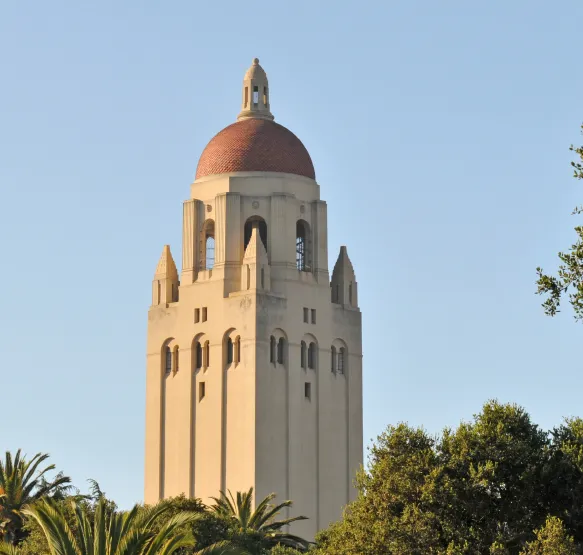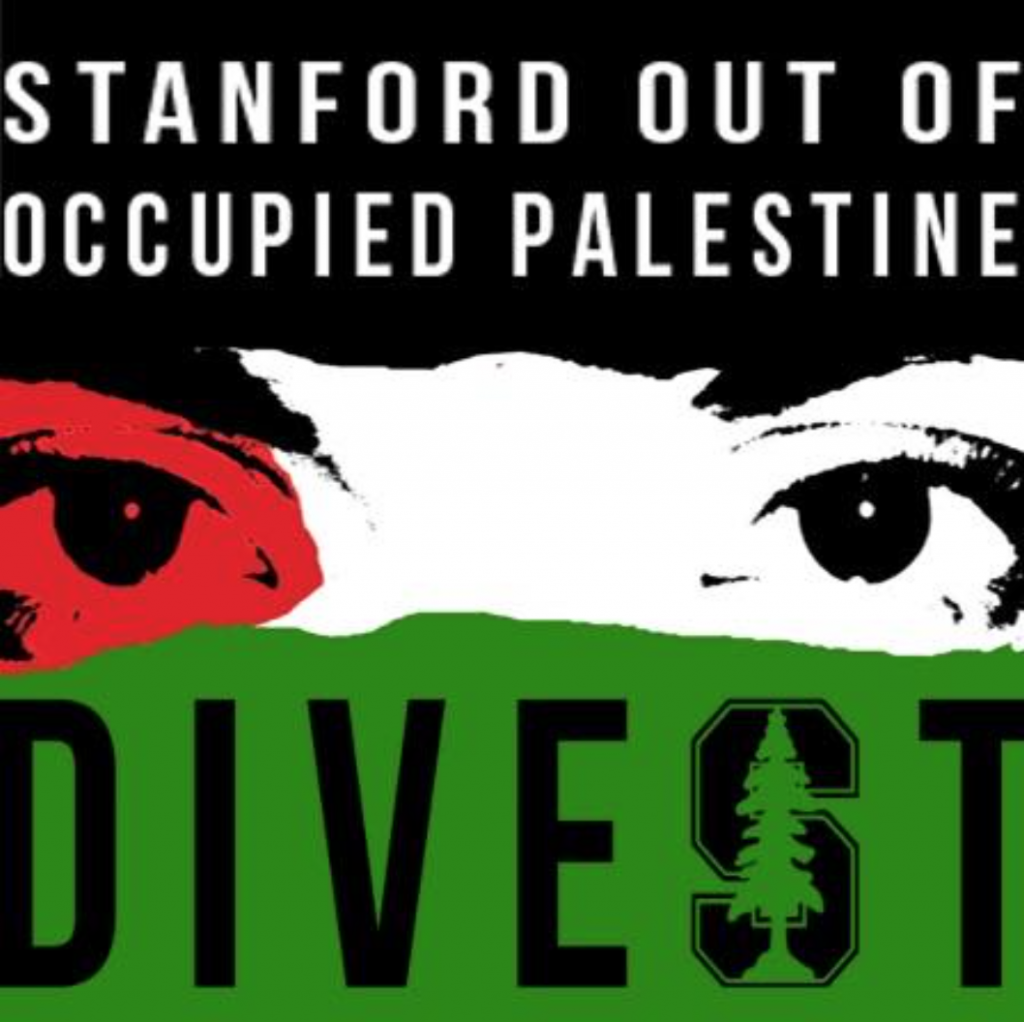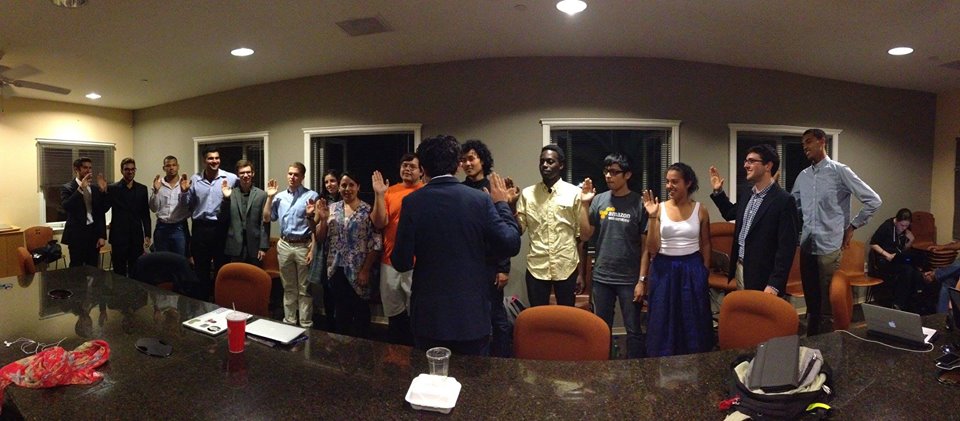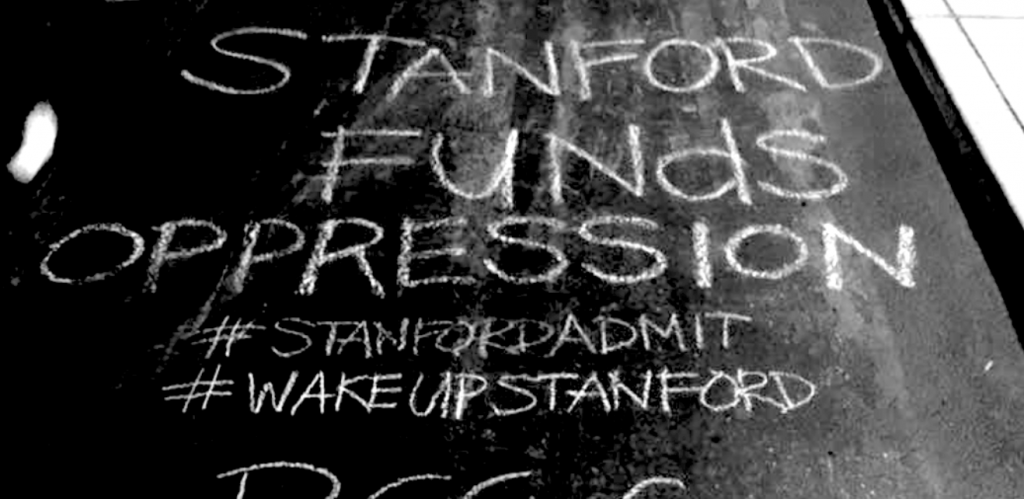Table of Contents
This past year was a contentious one at Stanford. Throughout the year, the Stanford Review published many articles that influenced campus debate. The Review was led by Anthony Ghosn ‘16 during the Fall Volume and Brandon Camhi ‘16 during the Spring Volume. Each member of this volume’s Editorial Staff wrote a brief summary of the most important and controversial events of the academic year.
Mental Health and CAPS
By Joseph Nicolls
Earlier this year, the *Stanford Review *revealed several troubling things about Stanford University’s mental health infrastructure, from several broken links on Vaden’s Health Center website to a troubling testimony of waiting over a month for an appointment which was then cancelled. Shortly afterwards, The Stanford Review published an online forum, the CAPS Confessionals, which hosted over 40 confessionals from both current students and alum about predominantly negative experiences associated with Stanford Counseling & Psychological Services program.
Divestment and Anti-Semitism at Stanford
By Elliot Kaufman
This fall, students formed Stanford Out of Occupied Palestine (SOOP), a coalition of nineteen student groups calling for divestment from companies “implicated in substantial social injury” in the Palestinian Territories. This expansive coalition was matched by the anti-divestment Coalition for Peace (CFP), and a month’s worth of intense campaigning and debate ensued. During a four hour Senate meeting on the matter, countless students make powerful emotional appeals for their sides. There was considerable debate over both whether divestment was justified and whether there were even any companies from which Stanford could divest. The Senate rejected divestment by the narrowest of margins. However, just a week later, senators Rachel Samuels and Ana Ordoñez changed their votes, passing divestment at a sparsely attended meeting that left many feeling aghast at the proceedings. The University responded swiftly and strongly, rejecting divestment from Israel now and in the future
Discussions of anti-semitism extended beyond the divestment debate. After swastikas were found at SAE and a Jewish fraternity brother’s car window was smashed in on the same night, Jewish students felt targeted again, and responded by holding a rally against anti-semitism. Attended by many members of the Stanford community, this event offered a rare opportunity for healing, but several speakers also criticized divestment as “the anti-semitism we don’t talk about.” Along with the SOCC controversy, this series of event prompted discussions about the meaning of anti-semitism on campus. The year would close with a controversial article denying Israel’s (and America’s) right to exist from STATIC, and a response from the Stanford Review on Memorial Day. As this alternately thrilling and painful year of activism comes to a close, we can expect no reprieve in the future. SOOP is widely rumoured to be planning further divestment resolutions or referenda for the fall, with the Coalition for Peace and Cardinal for Israel (formerly the Stanford Israel Association) ready to oppose once more.
ASSU Elections
By Eva Epker
During ASSU Elections, Stanford’s undergraduate and graduate students vote for their student government representatives. Student groups — from SOCC to the FoHo — learn about and endorse specific candidates while candidates also launch independent campaigns. The 48-hour elections are normally held in the second week of spring quarter, but they were delayed a week because of the lack of candidates running for the Graduate Student Council. When the ballots opened, Stanford students elected Justice Tention, Sina Javidan-Nejad, Gabriel Knight, Molly Horowitz, John Luttig, TG Sido, Malcolm Lizzappi, Hattie Gawande, Mehraan Keval, Eni Asebiomo, Matthew Cohen, David Wintermeyer, Jasmin Espinosa, Leo Bird, and Cenobio Hernandez as their new senators and the team of John-Lancaster Finley and Brandon Hill as ASSU Executives. These individuals were officially sworn in on April 29, 2015.
The Students of Color Coalition (SOCC)
By Mackenzie Yaryura
**Activism and Protests
By Harry Elliott
The Review, as ever, has remained active documenting and critiquing radical student and group activism. On Martin Luther King Day, police arrested sixty-eight Stanford students for blocking the San Mateo Bridge, causing substantial disruption and allegedly giving an infant brain damage after a family was unable to get her to hospital swiftly. We argued that such actions brought the University into sufficient disrepute to warrant a Fundamental Standard violation, as occurs in instances of other serious crimes. Just weeks later, the culmination of repeated requests for censorship from campus minority communities – in particular, the Native American community’s objections to a theatre production – led the Review to condemn the resultant chilling of student discourse in one of the most widely-shared articles of the volume. We also wrote about the importance of free speech in cultural discourse, with a focus on the trend of censorship plaguing on-campus discussion.
Student protests hardly ended here, however; a series of allegations that ‘Stanford funds oppression’ were organised over Admit Weekend. In response, we published an open letter to prospective freshmen entitled “Stanford Students Don’t Bite” emphasising the variety of opinions campus discourse has. At the same time, the escalation of protests in Baltimore led us to document the redlining of the past that caused some of the present day’s structural discontent.
Title IX and Sexual Assault
By Brandon Camhi
Stanford’s Title IX and sexual assault policies have caused considerable controversy this year. This fall, the Stanford Reviewadvocated for better due process protections for students accused of sexual assault. The Review then responded after a Stanford Daily columnist accused the original article of promoting rape. After several months, the Provost’s Task Force on sexual assault reform released a long-awaited proposal. A survivor of sexual assault criticized the proposal. Finally, the Title IX office launched notable investigations of Stanford alum Joe Lonsdale, SAE, and the Band. The Review wrote multiple articles attacking Title IX’s allegedly unfair policies, with one writer calling Title IX an “inquisition”.










